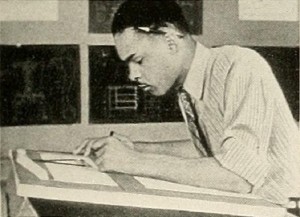
"Education for Life, an attractively filmed record of the daily work of the Hampton Institute, famous school for Negro youth, was produced by the Harmon Foundation and filmed by Mr. and Mrs. Ray Garner. The well planned sequences of this picture tell, in detail, of the high lights of the school's activities. The Garners were faced with the problem of recording, in color, a wide variety of skin tones and with the problem of lighting large areas. These problems were solved with more than the usual skill, and they have turned out an almost perfect filming job. They exercised an excellent choice of camera angles, and the whole film is a thoroughly polished production. The amount of detail in a picture of this type is considerable, but the subject matter is well balanced. The introductory material, a series of ''zoom" shots of maps, is especially well done." Movie Makers, Dec. 1941, 568.
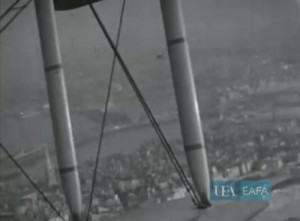
"Film record of a journey to Egypt and a four day holiday in Cairo. The film begins at Croydon Airport, recording the activities of the ground crew and the arrival and departure of two Imperial Airways planes, the Heracles and the Hengist. The film records a stopover in Crete on the journey to Cairo where the plane is moored close to a yacht. The final section of the film records street scenes in Cairo and an excursion to the Great Pyramid and Sphinx, returning to the city by Marg and Old Heliopolis." East Anglian Film Archive.
"Ruth Stuart's Travel picture 'Egypt and Back With Imperial Airways,' was not only a fine example of consistent photography, but also showed a keen knowledge of editing and cutting that let the pictue breeze along in an entertaining fashion." American Cinematographer, Dec. 1933, 321.
"A short film about movie-going punctuality" Imperial Oil - Film Collection.
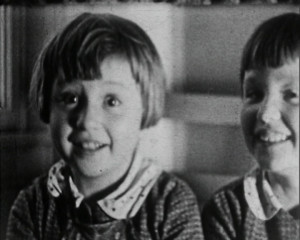
"Documentary. The holidays of two young children, Heidi and Erika, in the area of the Danube. Shots of the landscape, bathing, playing with animals, visits to the abbey at Melk and a castle" (EAFA Database).
"For his excellent composition in the 650-foot 8mm. Kodachrome subject of "El Camino Real" John E. Walter, retiring vice president of the Los Angeles 8mm. Club, was awarded the f :1.8 20mm. Astro lens contributed by Mitchell Camera Corporation. The subject is a most interesting pictorial tour of the Pacific Coast missions, with intimate shots around each." American Cinematographer, Jan. 1938, 28.
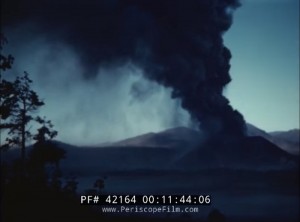
"This extraordinary silent 16mm home movie was shot by Dr. Harold L. Thompson, and shows the eruption of the Paricutin volcano. It likely dates towards the end of the volcanic eruption in the early 1950s." Periscope Film.
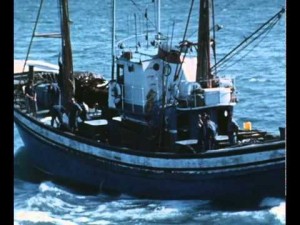
La película realiza un recorrido desde Bermeo hasta Gernika. Se trata de un viaje que va desde el puerto pesquero de Bermeo, hasta el Árbol de Gernika, a lo largo de la actual Reserva de Urdaibai.
The film depicts a route travel from Bermeo to Guernica. It's a trip that goes from the fishing port in Bermeo, to the Guernica Tree, crossing through the Urdaibai Reserve.
"Electra, 400 ft., 16mm., produced by Clyde Hammond, is a picturization of that Greek drama. Its most novel quality is the evidence of an intelligent search for the best motion picture treatment to present an accurate film version of the story. A series of tableau like sequences were finally used with much better results than if the plot had been adapted and scenarized in the customary manner. Certainly this film version is much truer to the original than would otherwise have been possible. Not being able to erect the complicated sets that would seem necessary, Mr. Hammond used flat gray walls, producing the suggestion of ancient Greek palaces and dwellings with "props," costumes and occasional wall ornamentation. The photographic quality is uniformly good throughout and, one sequence has very good double exposures." Movie Makers, Dec. 1930, 787-788.
"Chester Dale was aboard a boat somewhere on the Nile when a native elephant hunt happened along. He made a remarkable camera record of the exciting chase" The Baltimore Sun, June 17, 1934, 44.
Total Pages: 299